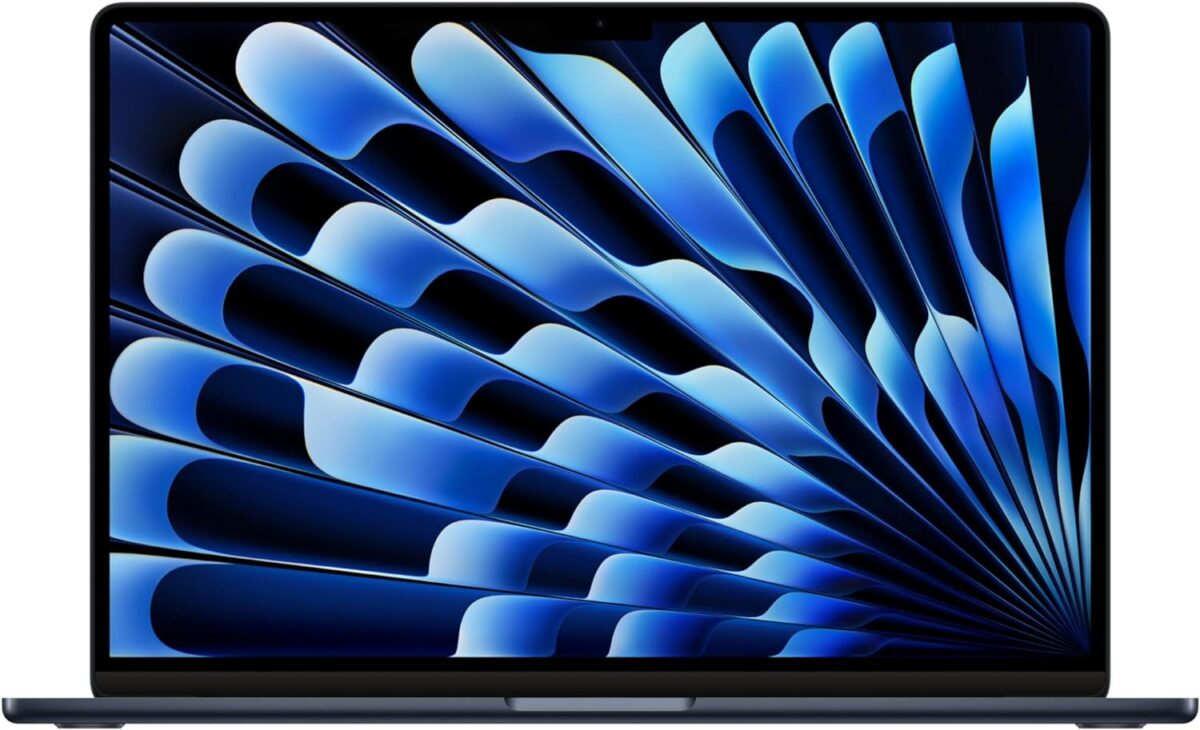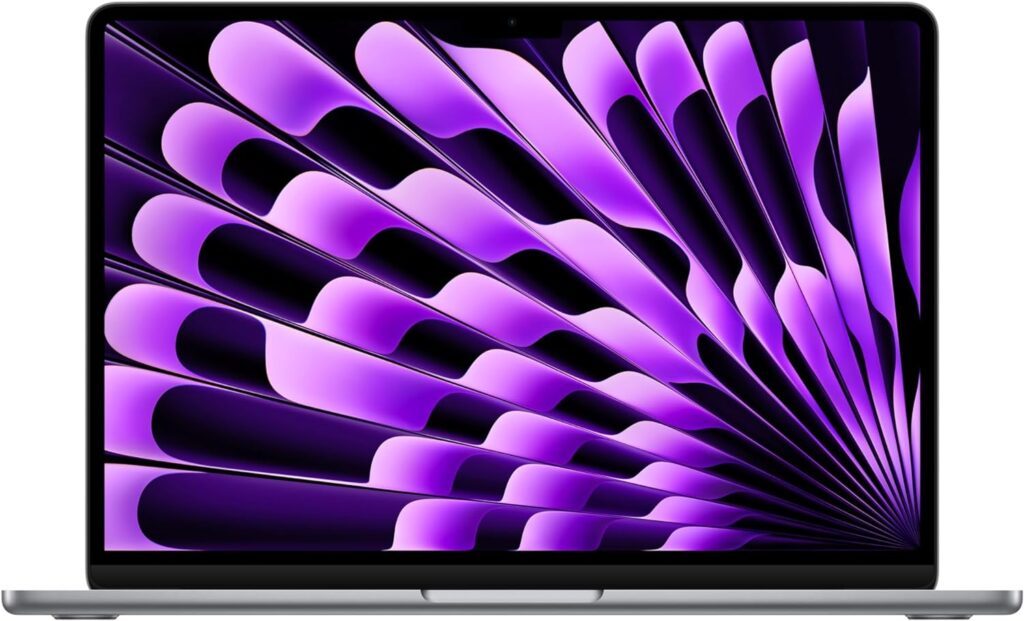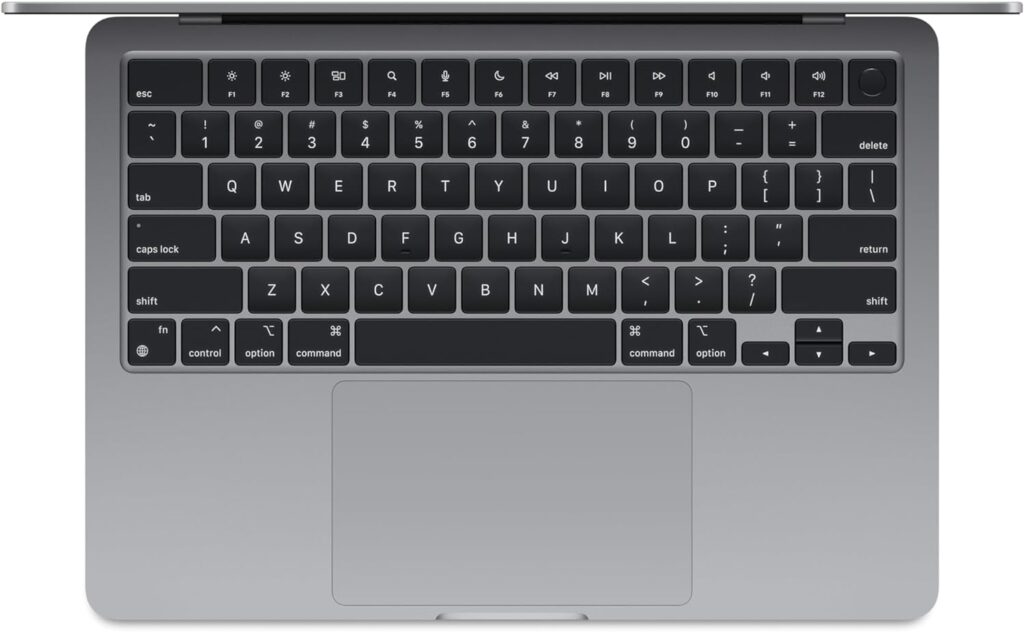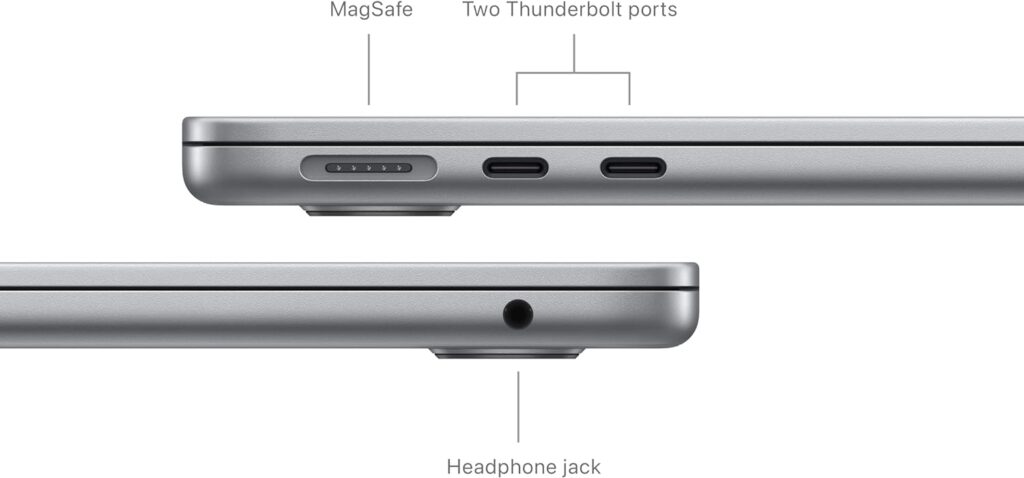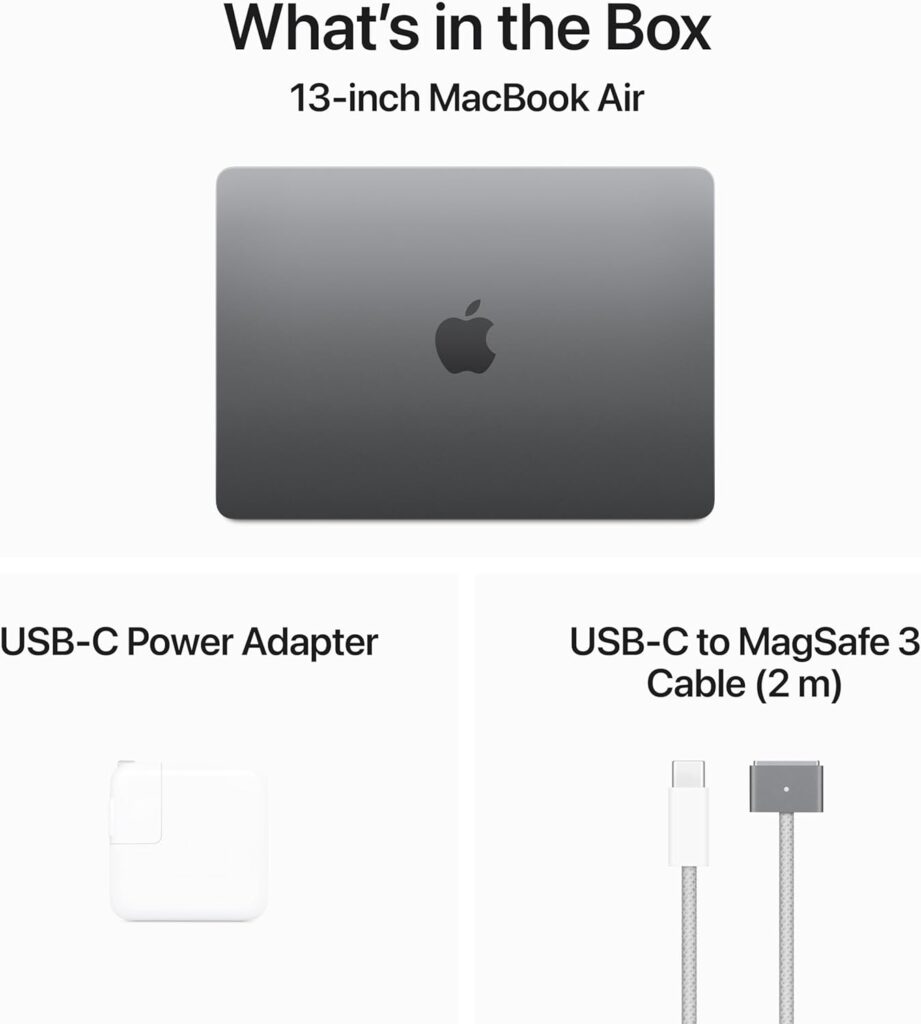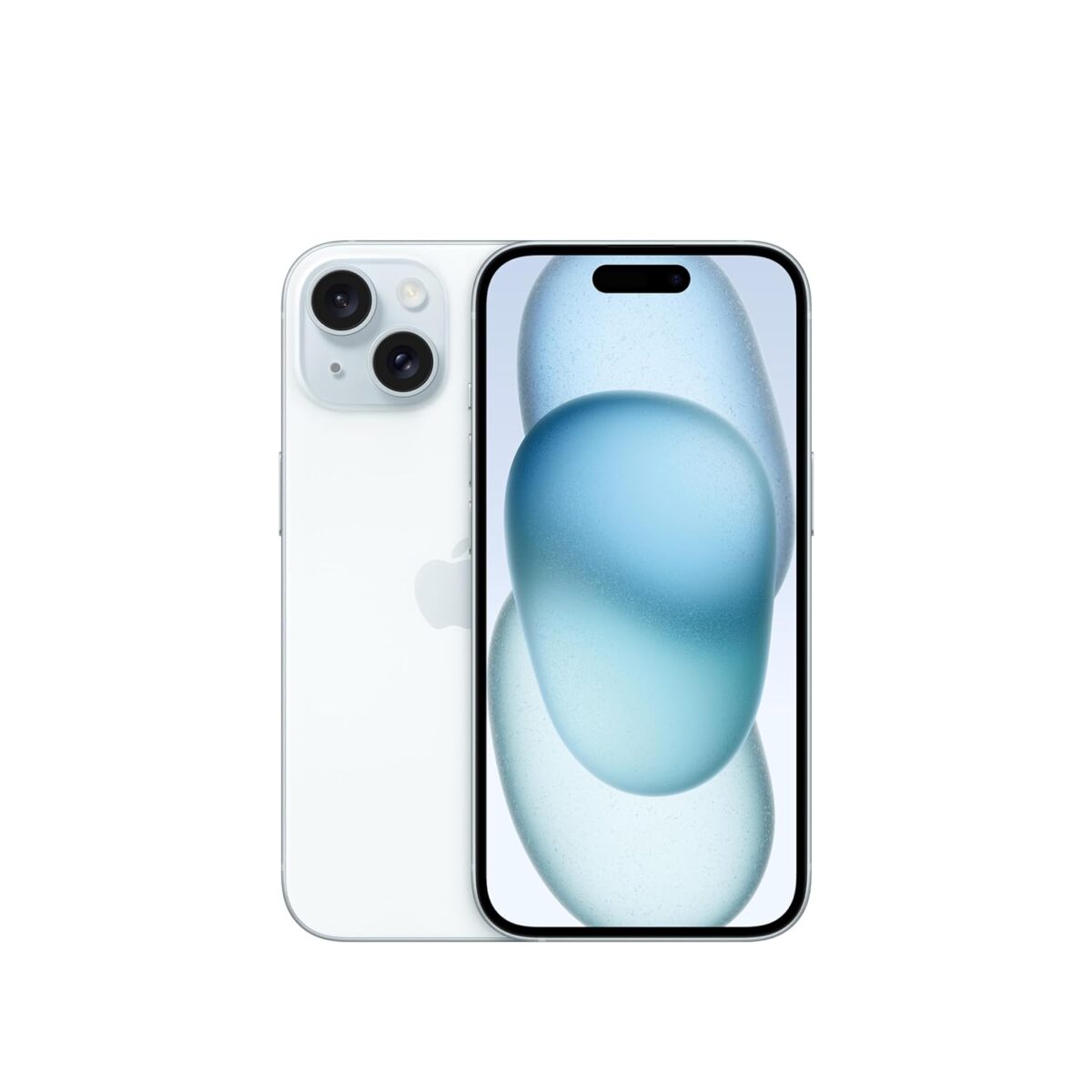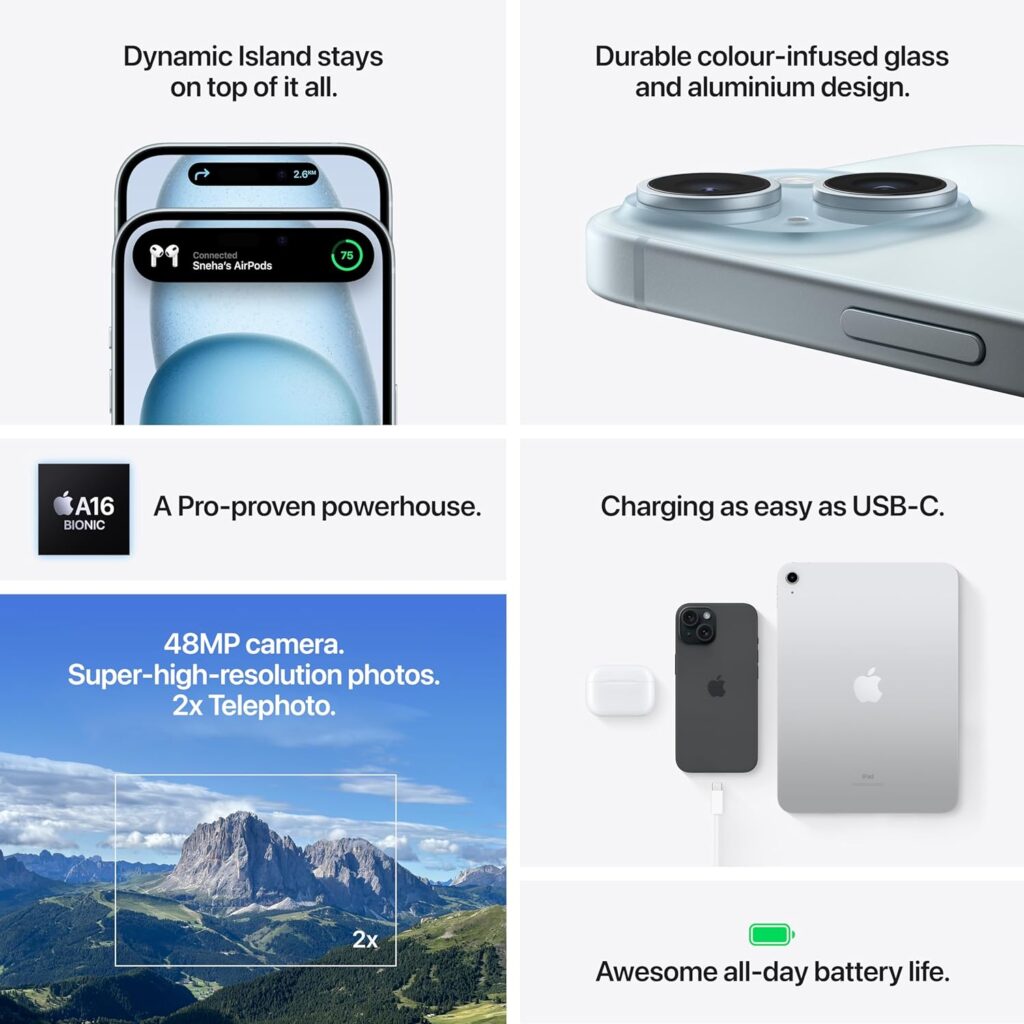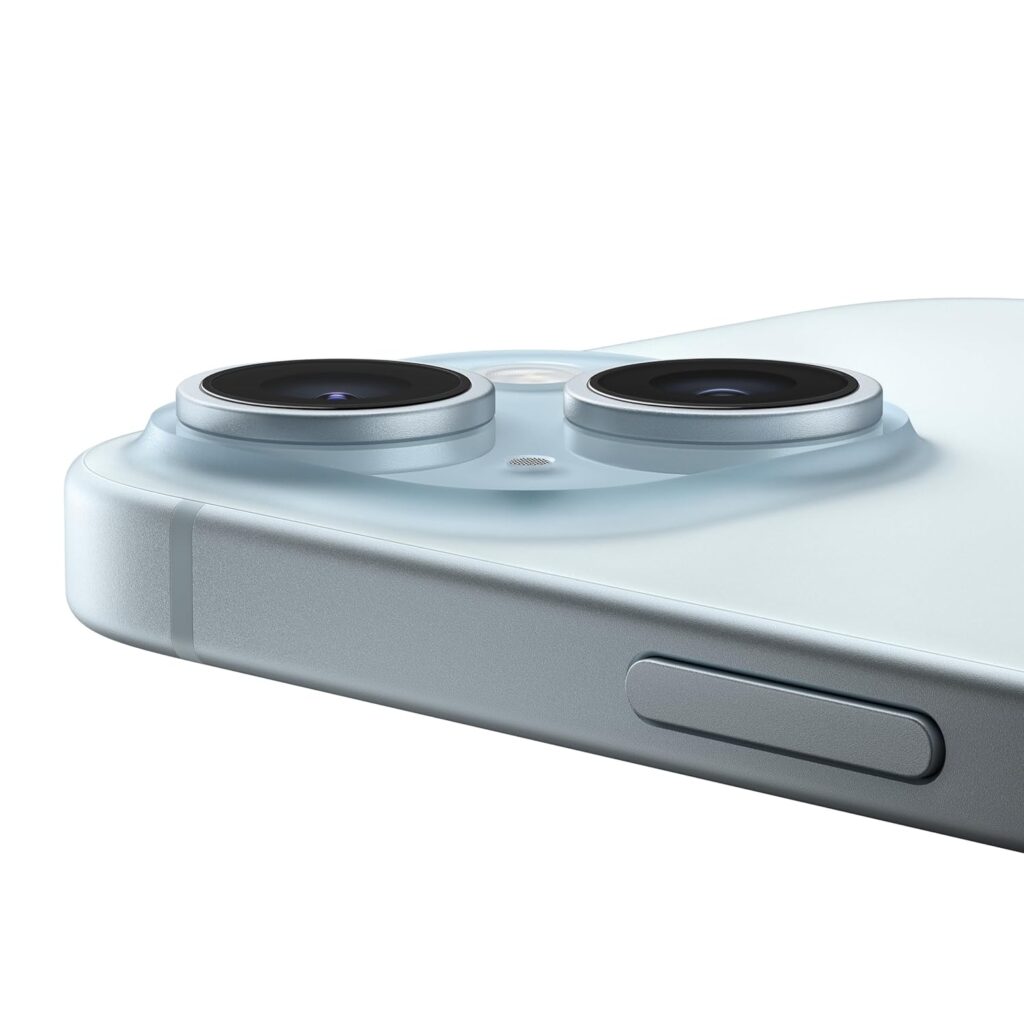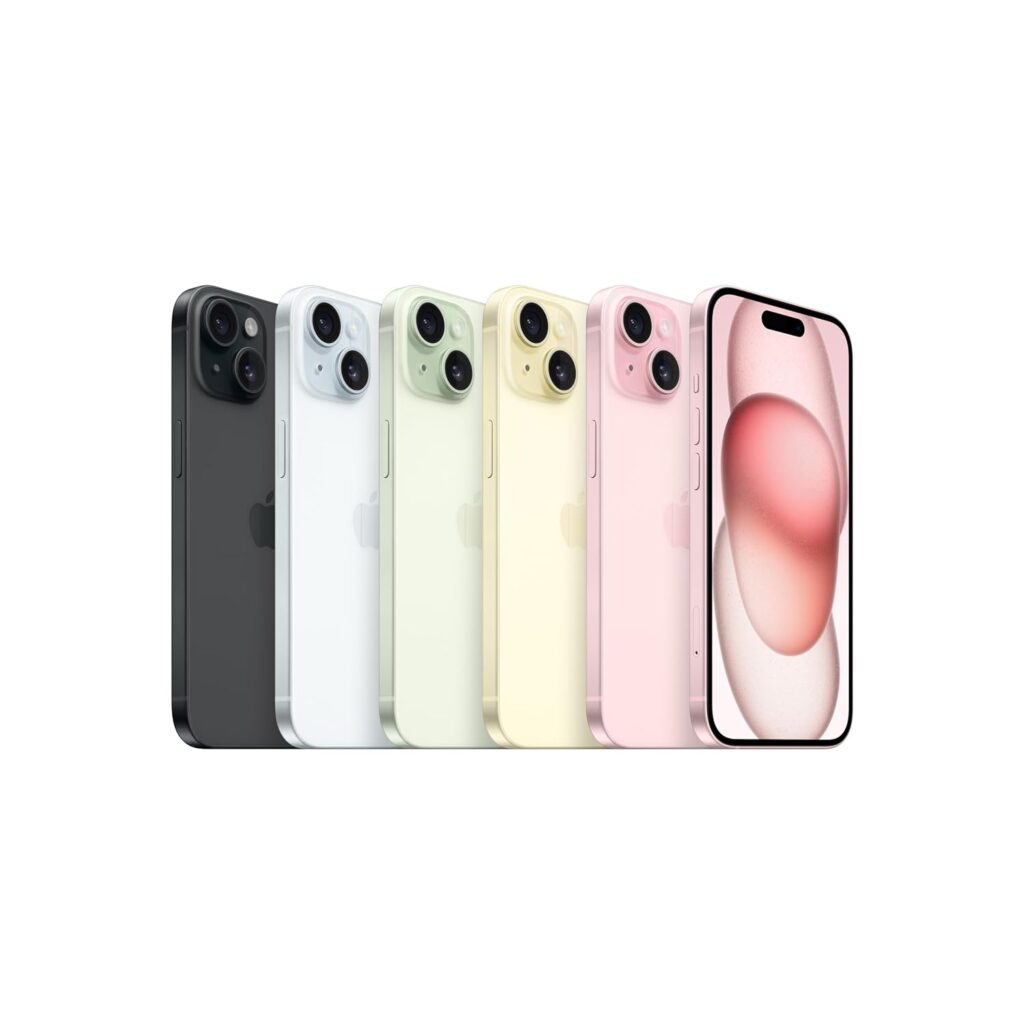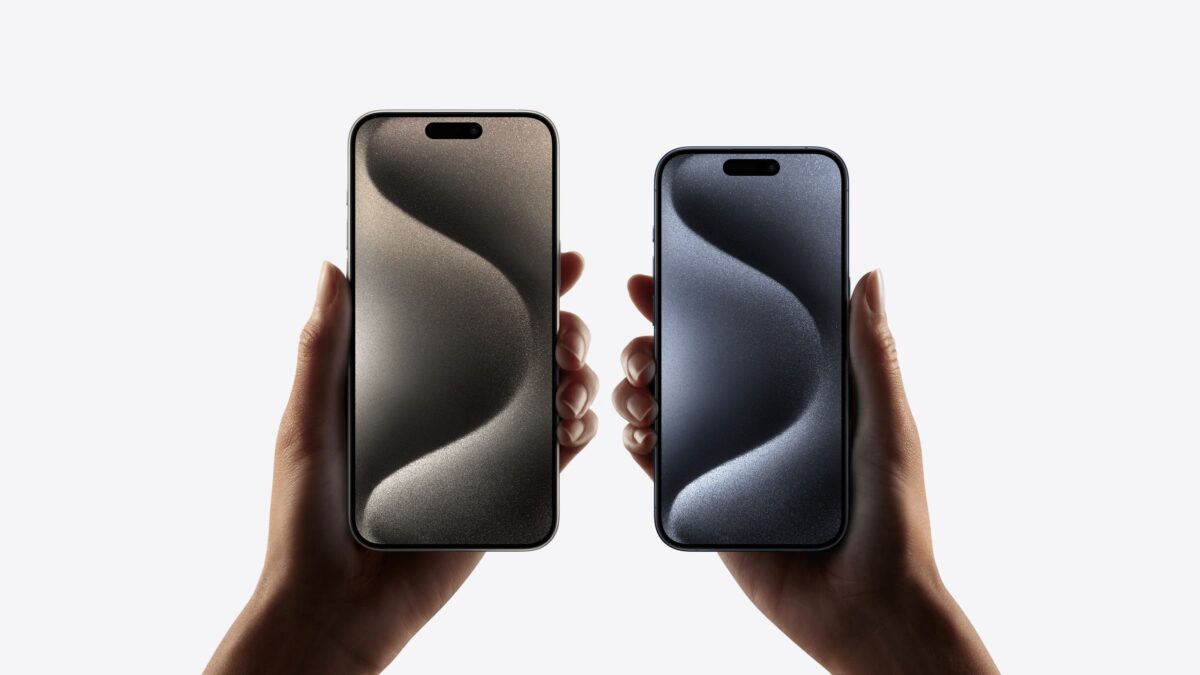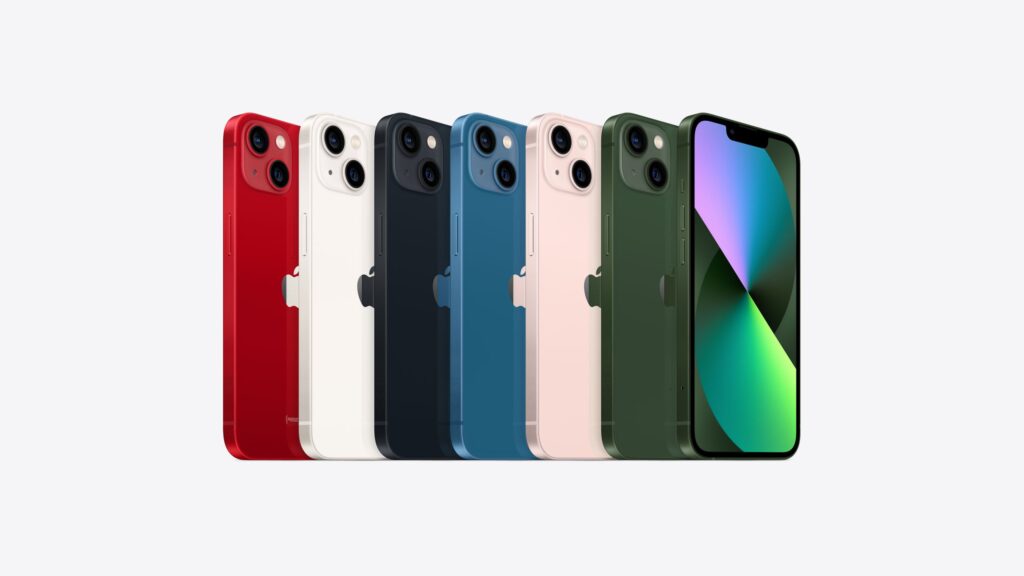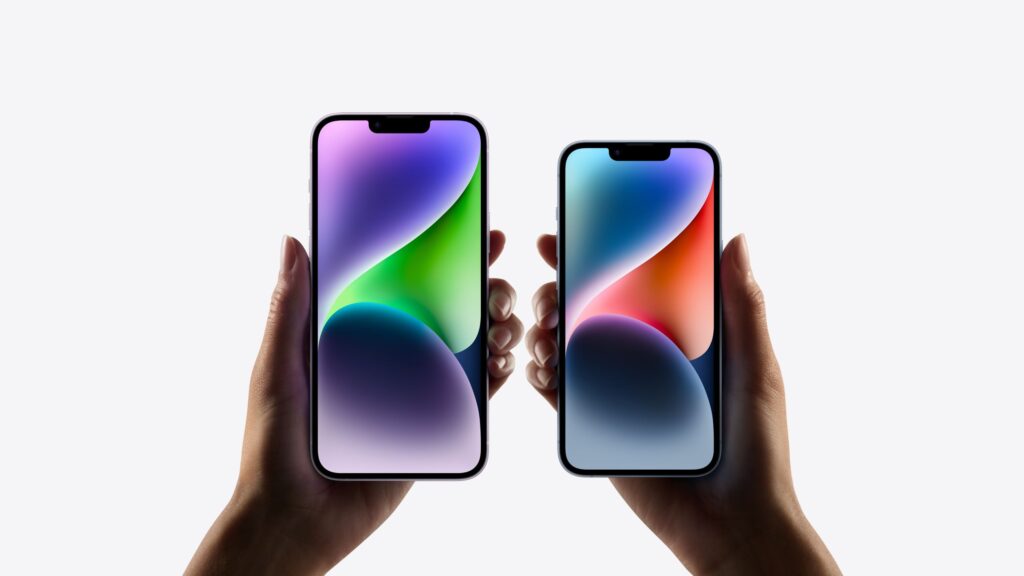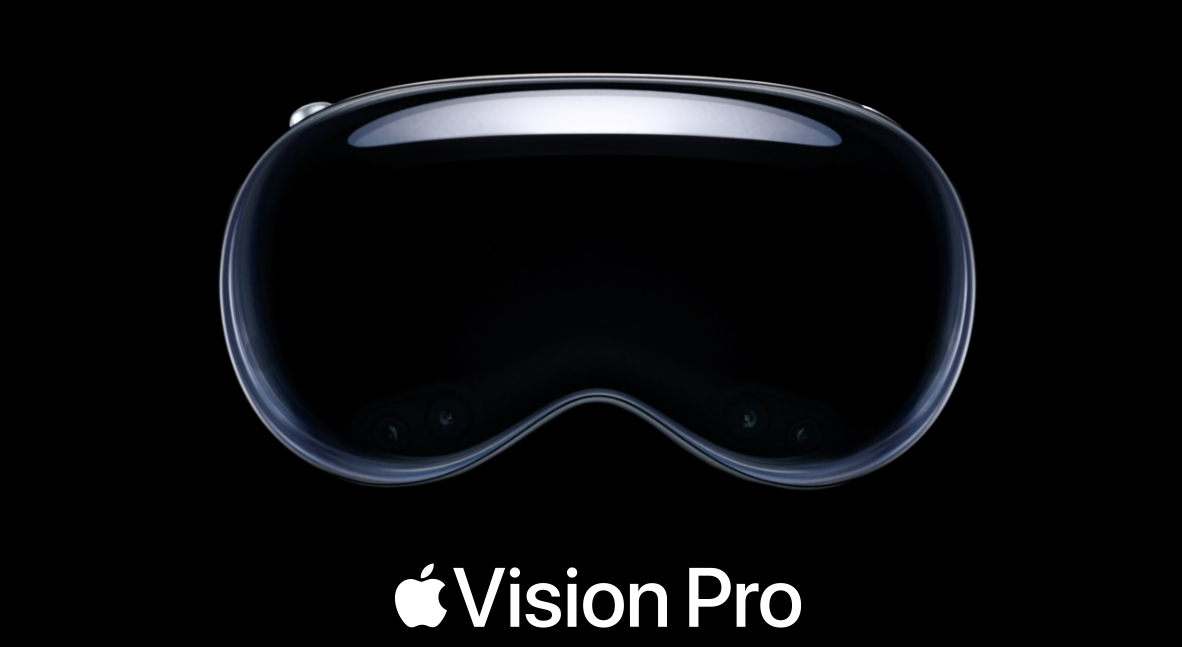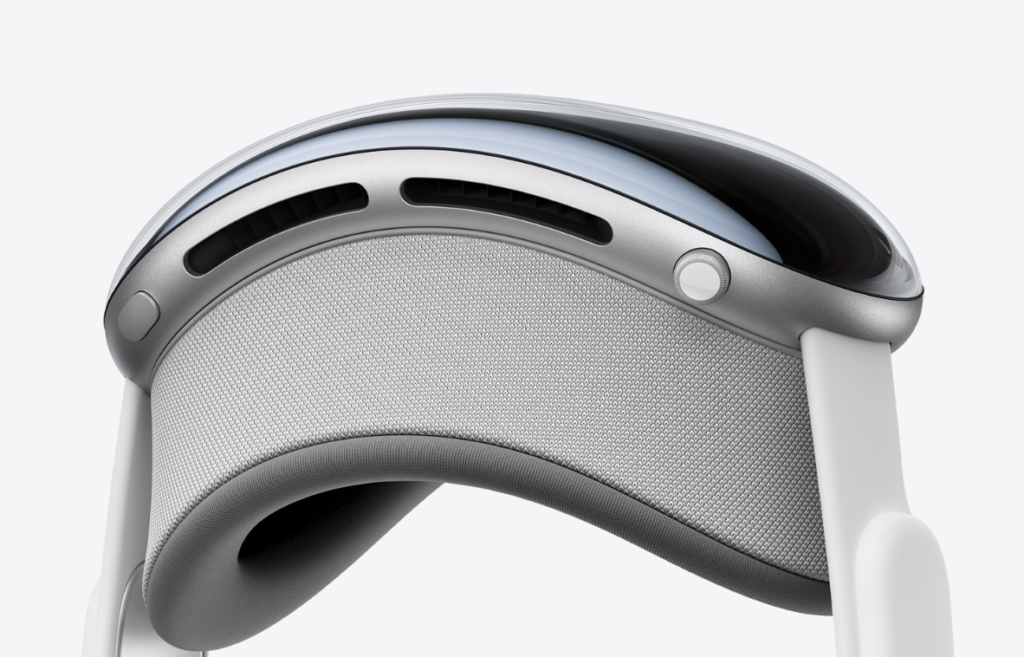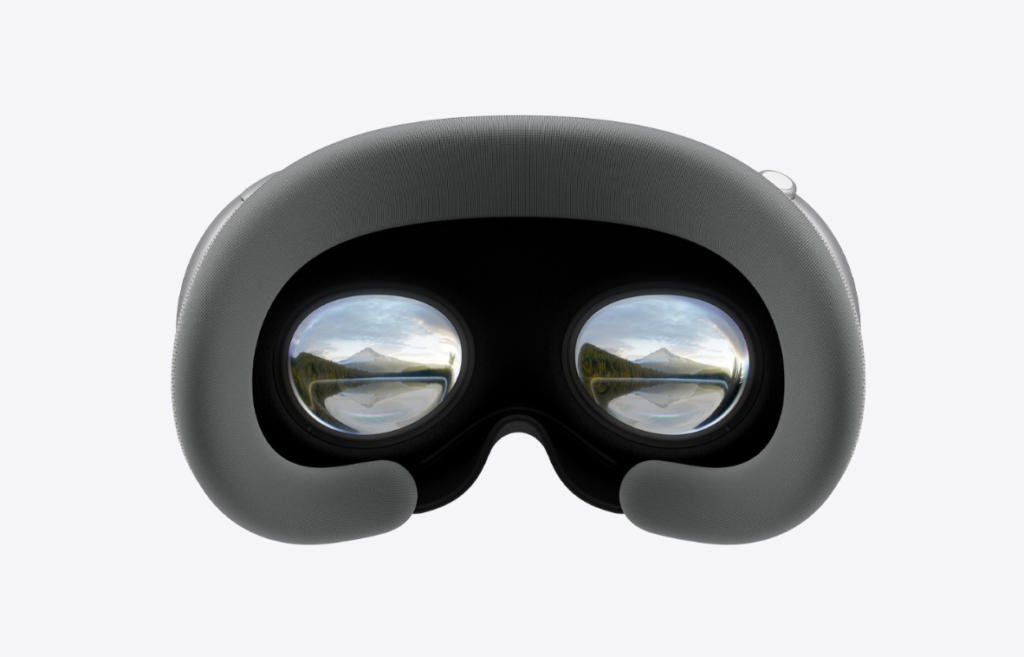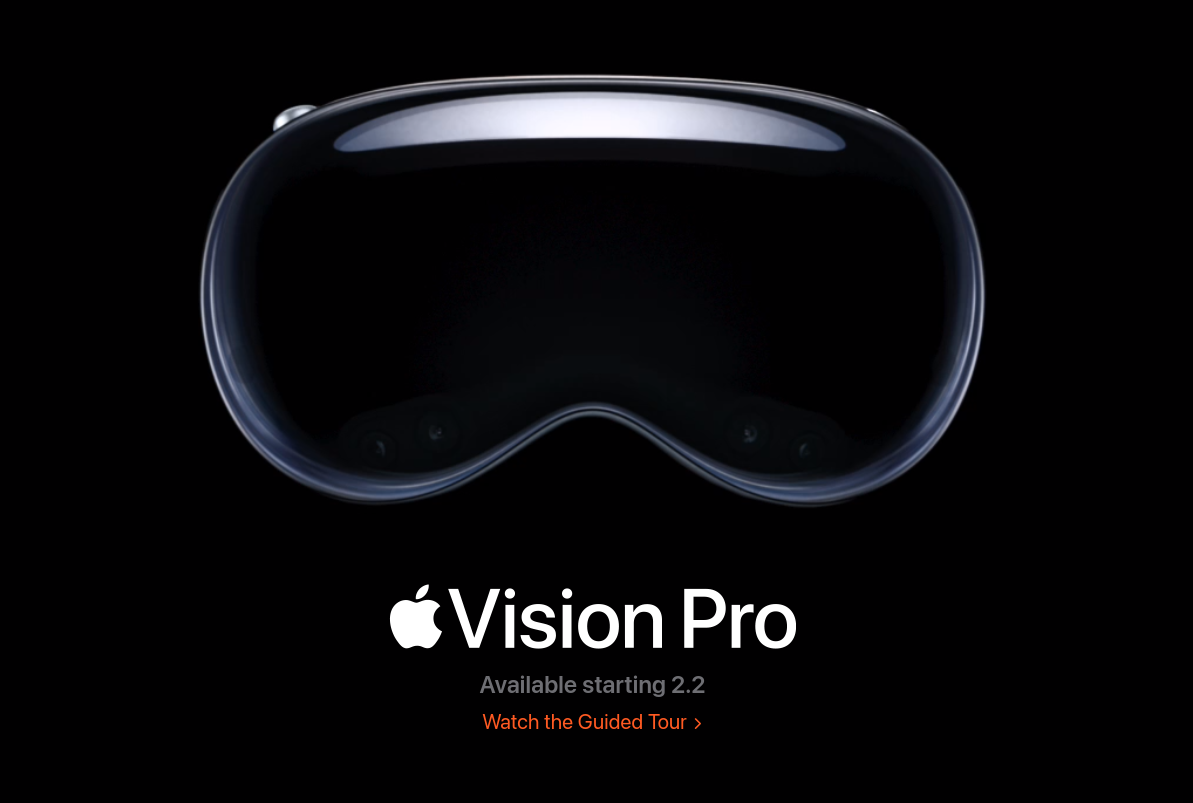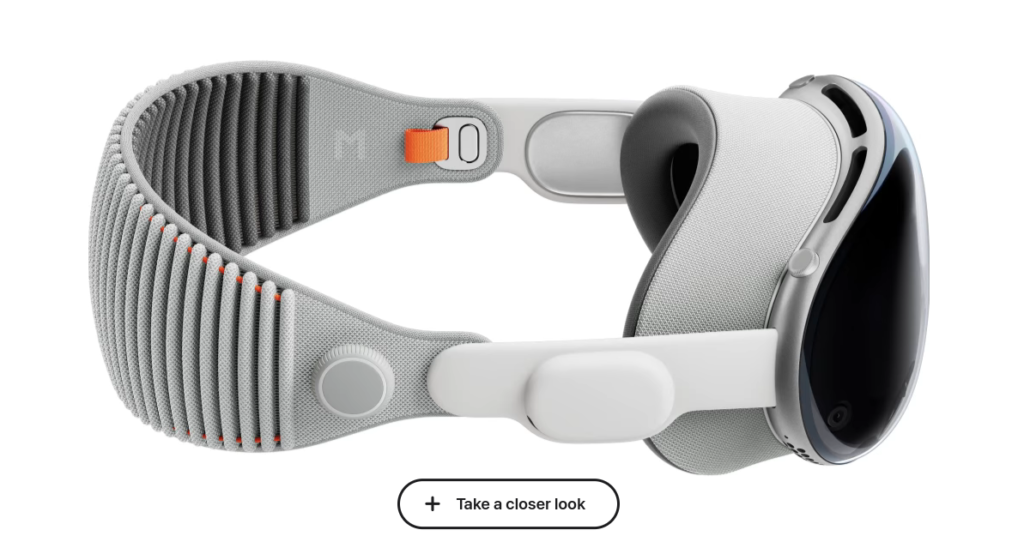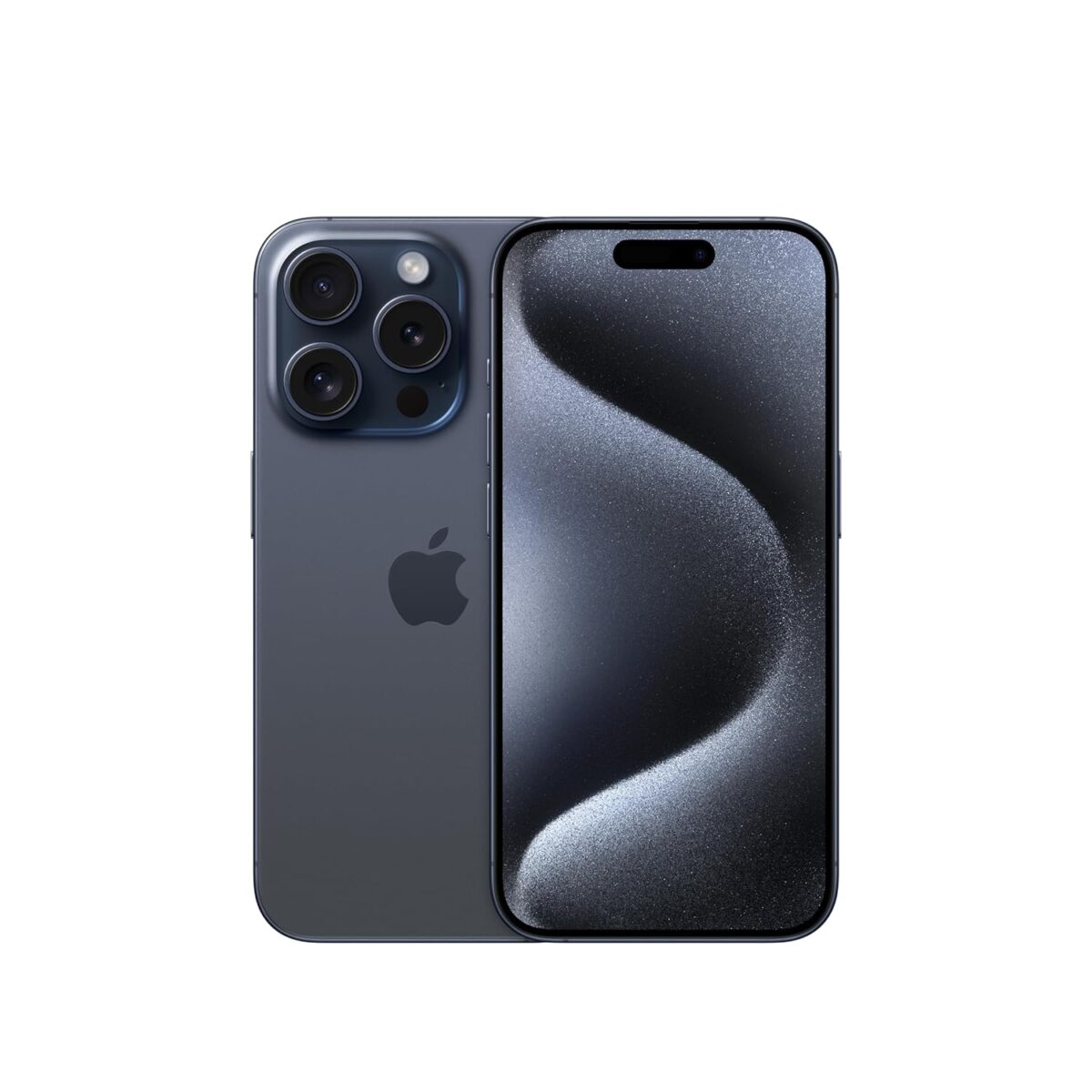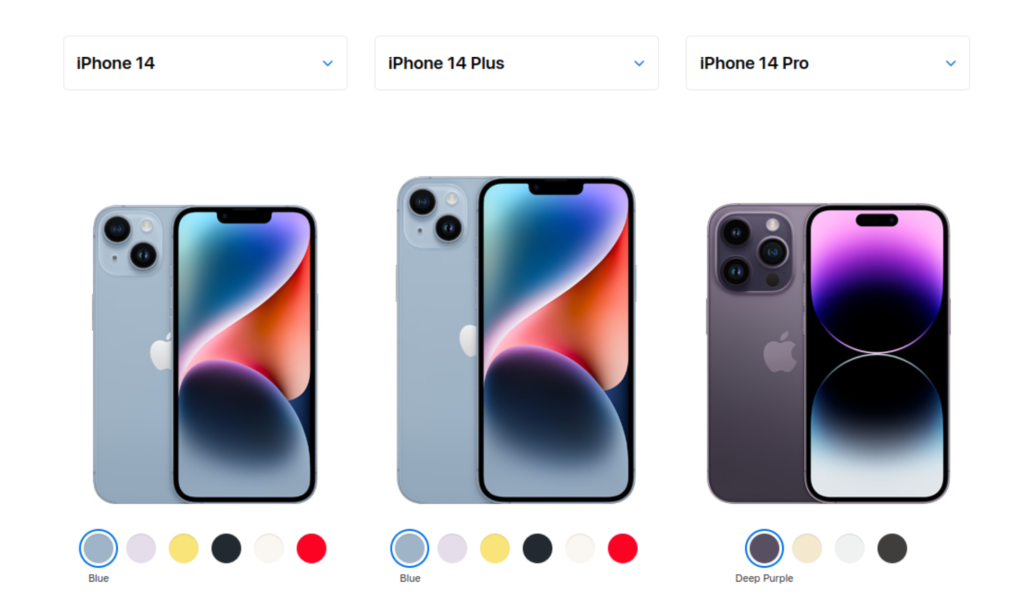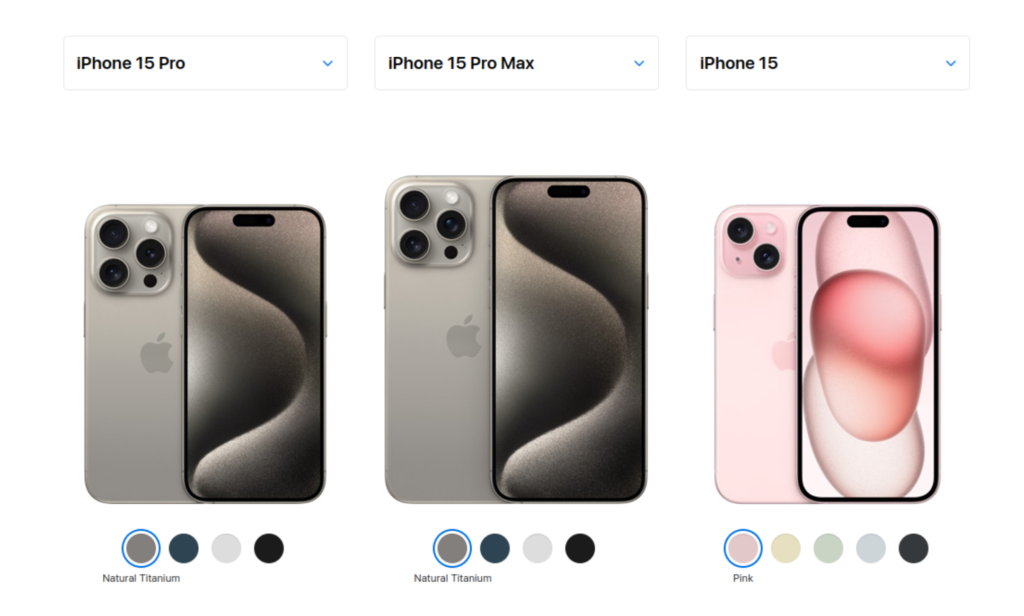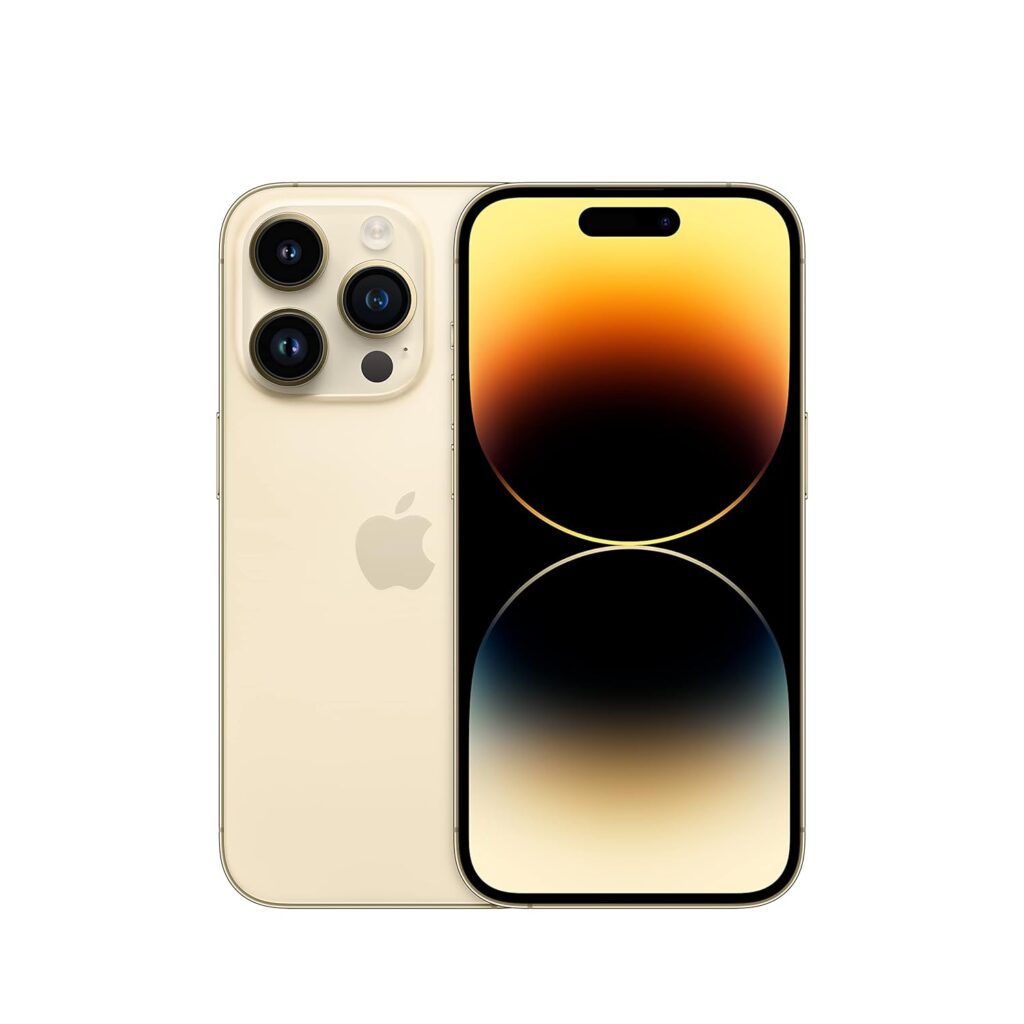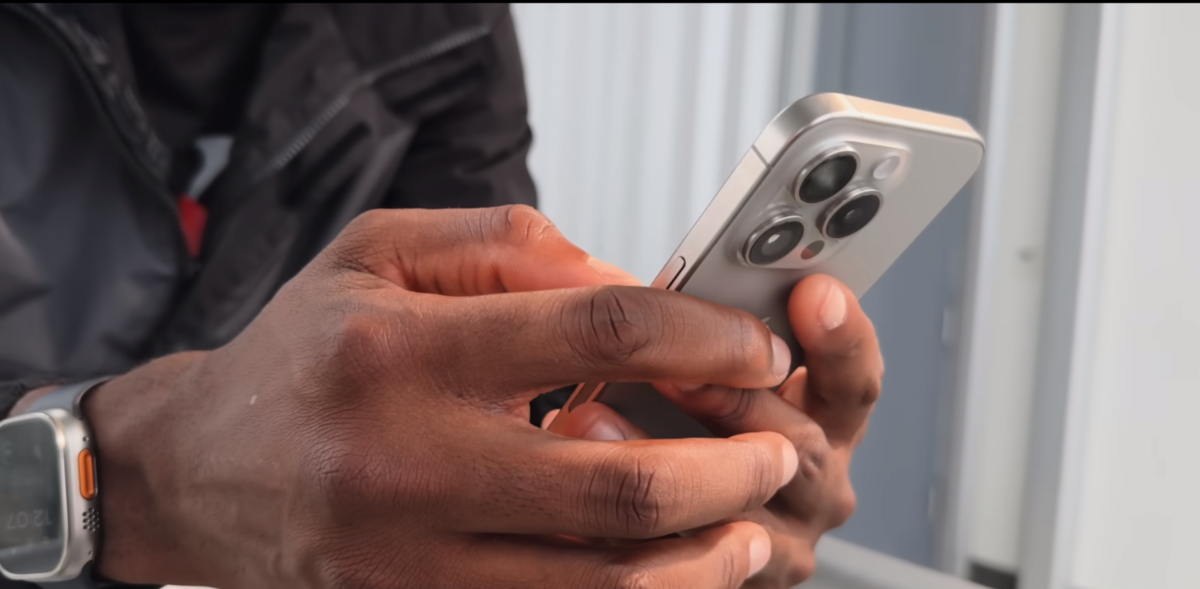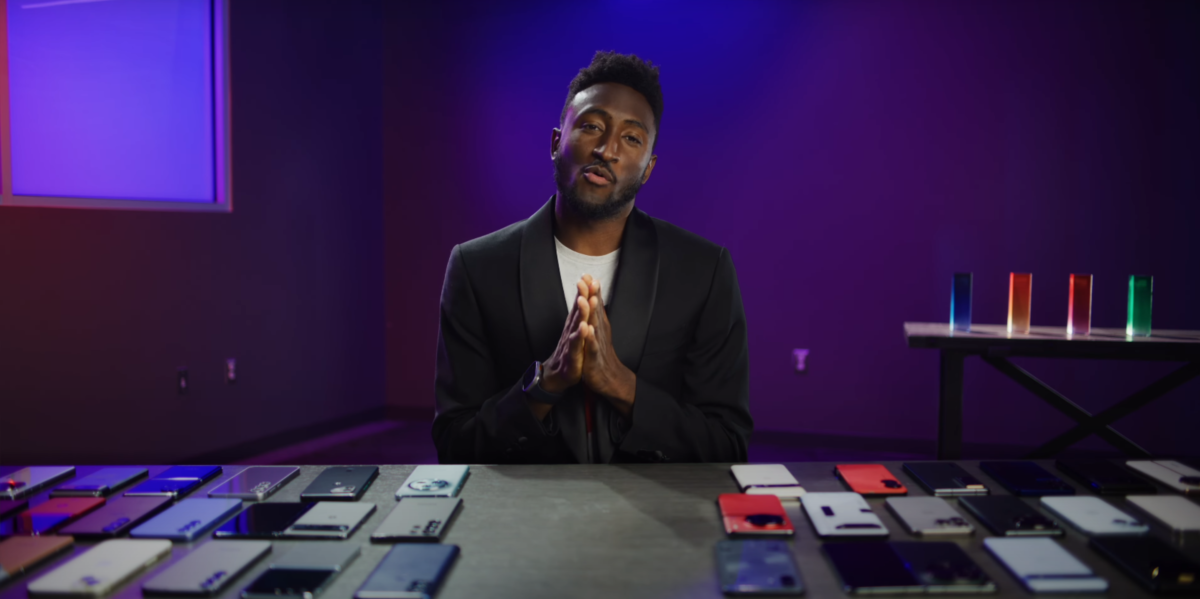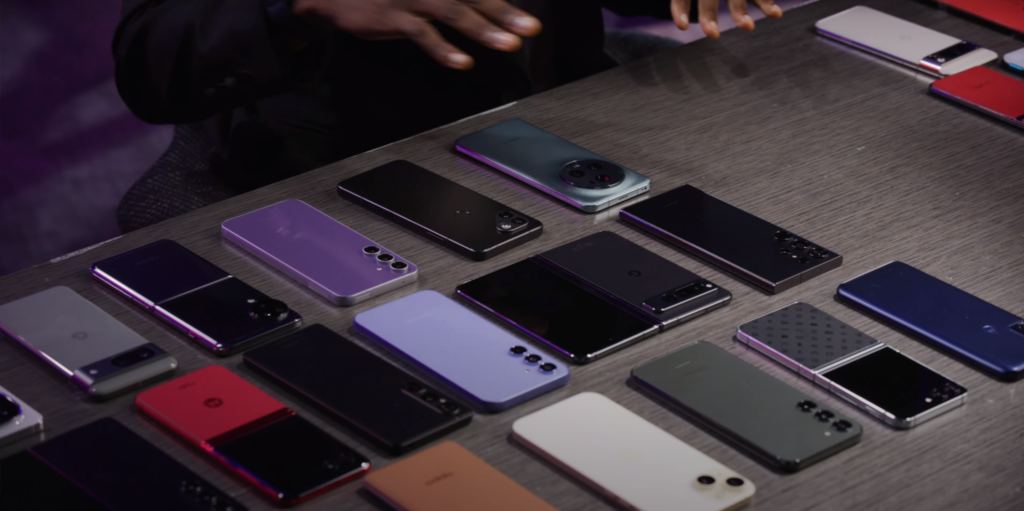In a significant development, the U.S. Department of Justice, along with 16 state attorneys general, has initiated a legal battle against the technology behemoth, Apple Inc. The civil antitrust lawsuit, lodged in the U.S. District Court for the District of New Jersey, charges Apple with monopolistic behaviors that suppress competition, obstruct innovation, and ultimately disadvantage consumers. Central to the lawsuit is the claim that Apple unlawfully holds a monopoly in the smartphone market, exploiting its dominant status to enforce restrictive contracts and restrict consumer options.
Major points from DOJ’s Antitrust Lawsuit against Apple – Summary
- Apple’s practices hinder competitors in the smartphone market.
- The lawsuit alleges that Apple’s actions suppress innovation and competition in the app, product, and service markets.
- The complaint argues that Apple’s behavior results in higher costs for consumers, developers, businesses, and others.
- Specific allegations include blocking innovative super apps, suppressing mobile cloud streaming services, and limiting third-party digital wallets.
- The lawsuit seeks equitable relief to restore competition in these markets and protect consumers’ interests.
- The case highlights broader concerns about the power and influence of tech giants in the digital marketplace.
- The outcome could have significant implications for competition and innovation in the tech industry.
- It underscores the importance of enforcing antitrust laws to safeguard consumers and promote a competitive marketplace.
Unraveling Apple’s Alleged Monopolistic Behavior
The lawsuit portrays Apple as using its dominance over the iPhone to construct obstacles that hinder competition and innovation. The allegations include claims that Apple obstructs innovative super apps, stifles mobile cloud streaming services, excludes cross-platform messaging apps, reduces the functionality of non-Apple smartwatches, and restricts third-party digital wallets. These actions, as per the lawsuit, not only complicate the process for consumers to switch smartphones, but also impede the growth of alternative technologies and services that could provide more choices and cost-effectiveness.
The Impact on Consumers and Innovation
Central to the Justice Department’s case is the claim that Apple’s actions lead to inflated prices, limited options, and diminished innovation. By suppressing competition and creating hurdles for competing technologies, Apple is accused of preserving its monopoly power and extracting the highest possible revenue from consumers, developers, and businesses. The lawsuit argues that such practices not only impact consumers financially but also rob them of the advantages of a dynamic and competitive market, where innovation flourishes and prices are regulated through robust competition.
Implications for the Tech Industry
This legal action against Apple highlights increasing worries about the accumulation of power in the technology sector and the potential for such power to negatively impact consumers and inhibit innovation. It arises during a period when lawmakers and regulators are examining the conduct of leading tech companies with greater intensity, aiming to foster competition and safeguard consumer interests. The result of this lawsuit could profoundly influence the operational practices of tech companies and the extent of their control over crucial markets and technologies.
Looking Ahead: The Road to Restoring Competition
As the legal process progresses, attention will be focused on the courtroom where the Justice Department and state attorneys general aim to hold Apple responsible for its purported anticompetitive behavior. If the lawsuit prevails, it could set the stage for solutions intended to reestablish competition in the smartphone market and limit Apple’s capacity to exert excessive control over developers, businesses, and consumers. Regardless of the result, this case underscores that no firm, irrespective of its power, is exempt from the law, and that robust enforcement of antitrust laws is crucial to protecting competition and fostering innovation in the digital era.
Conclusion
The antitrust lawsuit lodged against Apple marks a crucial turning point in the persistent discourse concerning the authority and sway of major tech corporations. By contesting Apple’s supposed monopolistic behaviors, the Justice Department and state attorneys general are conveying an unequivocal signal that anticompetitive conduct is unacceptable, and that the welfare of consumers and innovation must be safeguarded. As the legal conflict progresses, the verdict will bear consequences not just for Apple, but for the entire tech sector and the future of rivalry in the digital market.

![[ Pre-order ] Apple MacBook Air 2024 M3 Chip Models Launched in India | Check Price, Specs and Features 2 [ Pre-order ] Apple MacBook Air 2024 M3 Chip Models Launched in India | Check Price, Specs and Features](https://techstoriesindia.in/wp-content/uploads/2024/03/Apple-MacBook-Air-2-up-front-240304-scaled.jpg)
![[ Pre-order ] Apple MacBook Air 2024 M3 Chip Models Launched in India | Check Price, Specs and Features 3 Apple Macbook Air 2024 with M3 Chip](https://techstoriesindia.in/wp-content/uploads/2024/03/Apple-MacBook-Air-lifestyle-display-support-240304-1024x576.jpg)
![[ Pre-order ] Apple MacBook Air 2024 M3 Chip Models Launched in India | Check Price, Specs and Features 4 Apple Macbook Air 2024 with M3 Chip](https://techstoriesindia.in/wp-content/uploads/2024/03/Apple-MacBook-Air-Continuity-PowerPoint-240304-1024x576.jpg)
![[ Pre-order ] Apple MacBook Air 2024 M3 Chip Models Launched in India | Check Price, Specs and Features 5 Apple Macbook Air 2024 with M3 Chip](https://techstoriesindia.in/wp-content/uploads/2024/03/Apple-MacBook-Air-Final-Cut-Pro-Stage-Manager-Pixelmator-240304-1024x576.jpg)
![[ Pre-order ] Apple MacBook Air 2024 M3 Chip Models Launched in India | Check Price, Specs and Features 6 Apple MacBook Air 2 up hero 240304](https://techstoriesindia.in/wp-content/uploads/2024/03/Apple-MacBook-Air-2-up-hero-240304.jpg)
![[ Pre-order ] Apple MacBook Air 2024 M3 Chip Models Launched in India | Check Price, Specs and Features 7 Apple Macbook Air 2024 with M3 Chip](https://techstoriesindia.in/wp-content/uploads/2024/03/Apple-MacBook-Air-keyboard-240304-1024x576.jpg)
